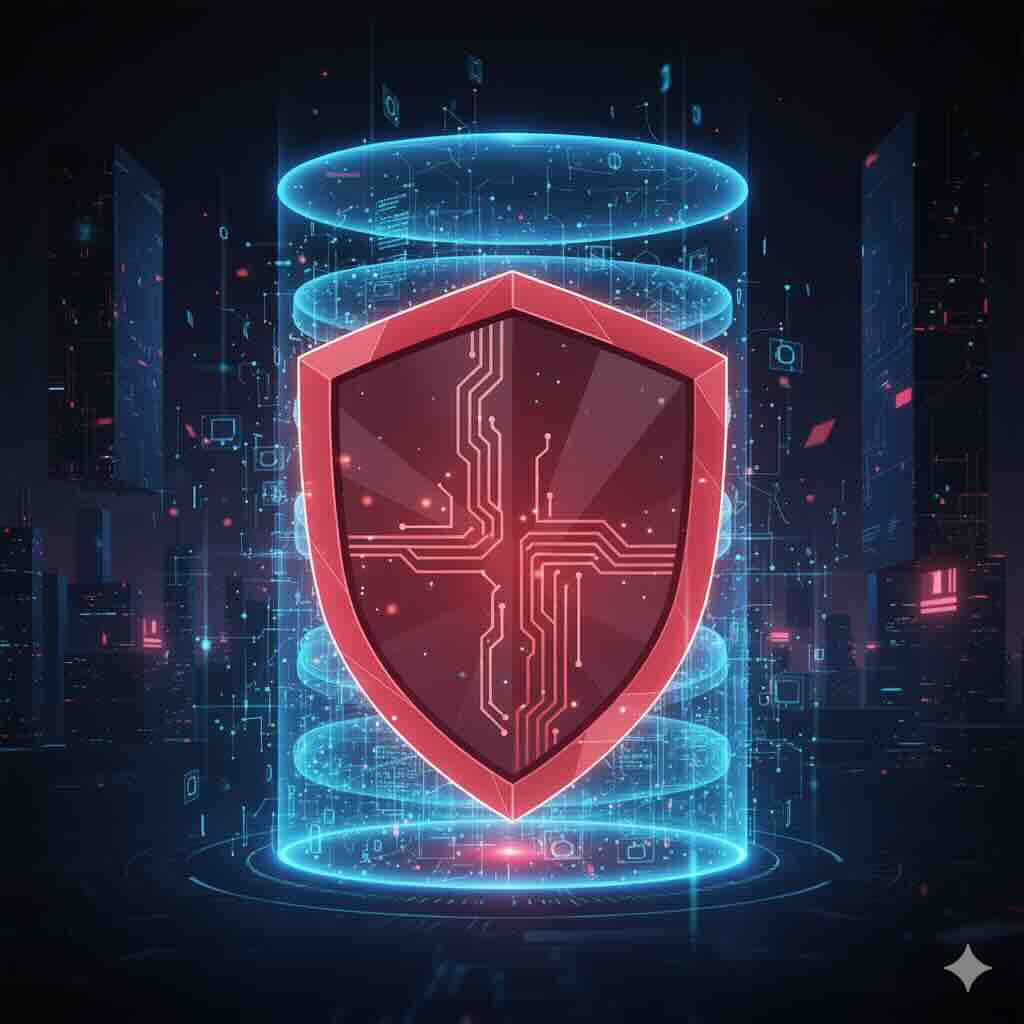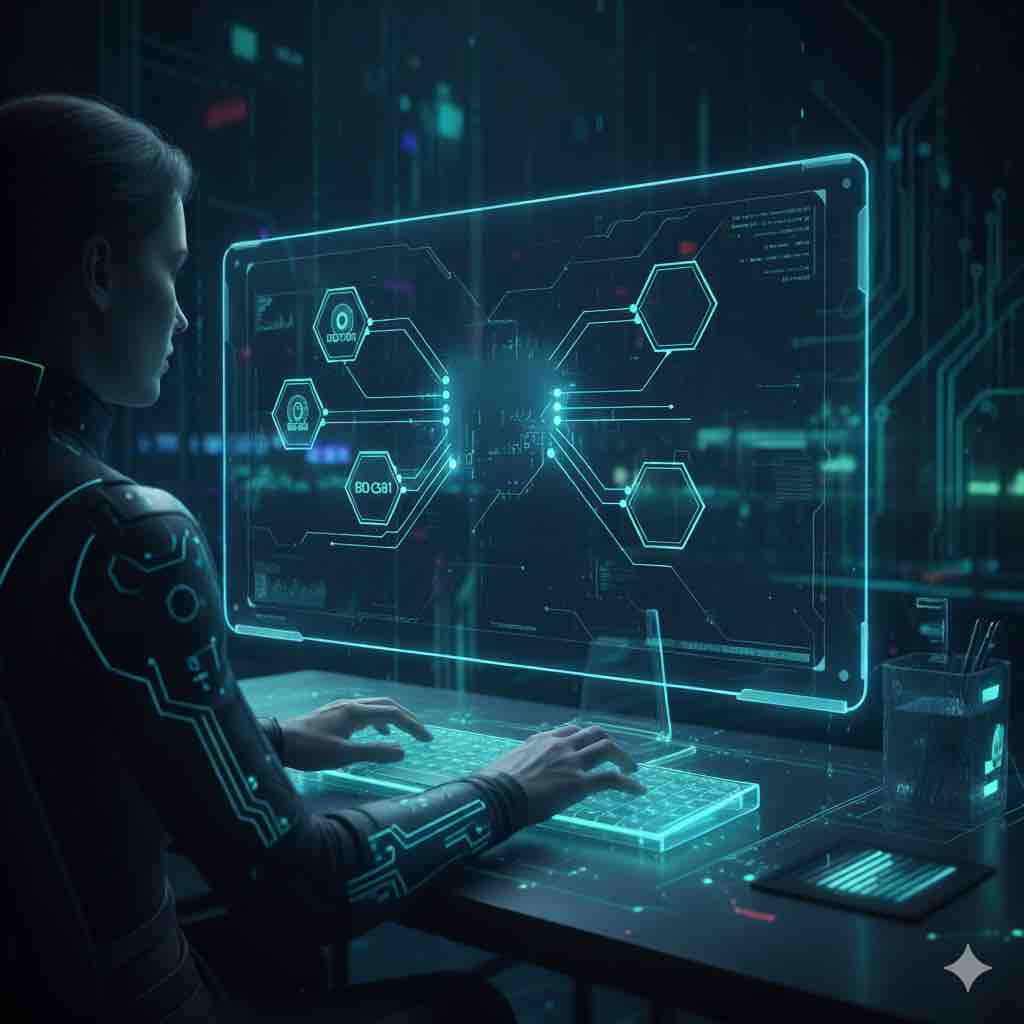AI & Cybersecurity: A Clever Couple
Introduction to AI’s Role in Cybersecurity
In recent years, you’ve probably become well-acquainted with the acronym AI, or Artificial Intelligence. From how we stream tv shows to how we turn on the lights, it seems to be everywhere. In the cybersecurity world, this topic has become just as popular, and for good reason. But before we dive into how artificial intelligence and cybersecurity work together, let’s define the two.
AI is the capability of a computer system to mimic human cognitive functions such as learning and problem-solving. There are two main types of AI: weak and strong. The first, weak AI, is where we can locate another popular buzzword: Machine Learning. ML is an application of AI which uses mathematical models of data to help a computer learn without direct instruction. While ML has revolutionized technology, there is a lot more on AI’s horizon. Strong AI, for example, may theoretically equal the cognitive abilities of humans and, potentially, surpass them. We say theoretically because the field is still under development.
Meanwhile, cybersecurity is the practice of protecting digital systems against attacks that could put the integrity, confidentiality and availability of their data at risk. Many applications have started using self-learning technology to help advance cybersecurity, and this list will continue to expand. Here are some examples.
Current AI Use Cases
While the list of AI use cases in Cybersecurity is continuously growing, we will highlight some of the most important ones:
- Breach Risk Prediction: based on your IT asset inventory, level of threat exposure and control policy effectiveness, an AI system may predict how likely it is for you to be breached. By doing so, you can identify your areas of weakness and allocate your resources more efficiently.
- Threat Exposure: attack patterns from the past can be studied to provide data to AI cybersecurity systems to help predict what could be the most likely vector of attack against your enterprise today. For instance, you can use AI to detect phishing mails.
- Incident Response: AI powered systems can provide improved context for prioritization and response to security alerts, for fast response to incidents, and to surface root causes in order to mitigate vulnerabilities and avoid future issues.
- Zero-day Malware: AI and ML-powered systems can analyze malware based on inherent characteristics. For instance, if a software is designed to encrypt many files at once, this suspicious behavior may trigger an alarm. That means that an AI-based tool can look at different characteristics to expose a new malware.
The Downsides
As shiny as it may seem, AI also comes with a few disadvantages:
- Investment: organizations need to dedicate both human and financial resources to build and maintain an AI system.
- Constant Tweaking: AI systems are trained using data sets. In order to build a working AI system, you must acquire and adjust many distinct sets of malware codes, non-malicious codes, and anomalies.
- Data Reliance: your AI is only as good as your dataset. Feeding your AI systems from an incomplete, corrupt or unbalanced set of data may result in a lack of accuracy for predicting security events. Even presenting its own specific vulnerabilities.
- Double-Edged Sword: AI is available for anyone out there, which means cybercriminals as well. Using AI, modern hackers might use unexpected pieces of malware or follow unorthodox patterns of behavior to confuse the defense teams.
How will AI affect the future of Cybersecurity?
AI’s future in cybersecurity has no limit. Without a doubt, it will revolutionize both the way hackers operate as well as how we defend against them. But as technologies continue to get more complex, AI won’t be a silver bullet solving all problems. It will help to reduce the heavy load on engineers’ shoulders by taking care of routine activities, but there’ll always be plenty of room for humans in Cybersecurity, even if there’s a shift in the set of skills required to be competent in this area.
Regardless of this advancement, cybersecurity fundamentals will still be relevant to keep your businesses running against threats. Some examples are avoiding default-credentials-use, establishing a safe role-based structure to access your data, and constantly training your staff to be aware of the most common threats out there. The future can look scary, we know. At Red Sentry, we work everyday to provide a data-driven picture of how a malicious attacker may take advantage of your business’ vulnerabilities so you can be one step ahead of them.
Explore more from our pentesters' insights: Dark Web Monitoring and Database Breaches.












